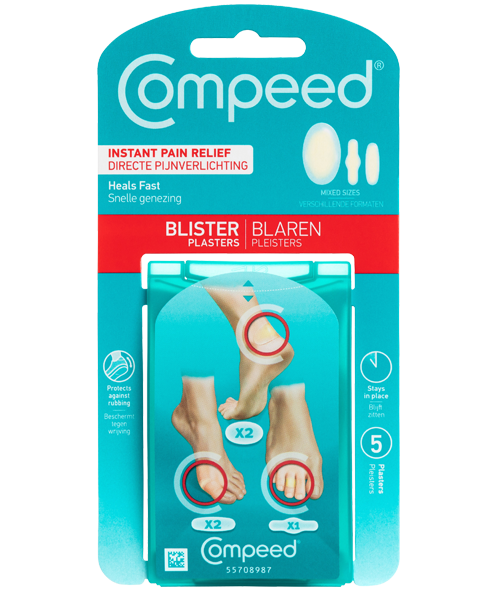Regular physical activity is vital for overall health and well-being, but the risk of injuries during workouts is a common concern for many individuals. Whether you’re an experienced athlete or just embarking on your fitness journey, prioritising injury prevention is crucial. In this guide, we’ll explore effective strategies to reduce injuries and create a safer workout environment.


Understanding the importance of injury prevention
Before delving into specific strategies, it’s essential to understand why injury prevention should be a top priority. Injuries not only hinder progress but can also lead to long-term consequences, affecting your ability to stay active. By incorporating preventative measures into your fitness routine, you not only safeguard your physical well-being but also ensure consistent and sustainable progress.
Warm-up and cool down
One of the fundamental aspects of injury prevention is a proper warm-up and cool-down routine. Warming up gradually increases blood flow to the muscles, preparing them for the upcoming activity. Dynamic stretches, light cardio, and bodyweight exercises are effective components of a pre-workout warm-up. Similarly, a cool-down helps the body transition from intense exercise to a state of rest, reducing the risk of stiffness and soreness.
Proper technique
Performing exercises with the correct technique is paramount in preventing injuries. Whether you’re lifting weights, doing bodyweight exercises, or engaging in cardiovascular activities, focusing on proper form ensures that you target the intended muscle groups while minimising stress on joints and ligaments. If you’re uncertain about your form, consider consulting a fitness professional or using instructional videos from trusted sources to guide you.
Gradual progression
One common mistake that leads to injuries is attempting to progress too quickly. Gradual progression allows your body to adapt to increasing demands, reducing the risk of overuse injuries. Whether you’re increasing weight, intensity, or duration, follow a structured plan that aligns with your fitness level and allows for sufficient recovery between sessions.
Cross-train
Diversifying your workout routine through cross-training can significantly contribute to injury prevention. Engaging in a variety of activities helps distribute the stress on different muscle groups, reducing the likelihood of overuse injuries. For example, if you primarily focus on strength training, incorporating flexibility exercises, cardiovascular workouts, or balance and stability training can provide a well-rounded approach to fitness.


Adequate rest and recovery
Rest and recovery are integral components of any successful fitness regimen. Overtraining can lead to fatigue, compromised immune function, and an increased risk of injuries. Ensure that you schedule regular rest days and prioritise adequate sleep to allow your body to repair and regenerate. Recovery techniques such as foam rolling, stretching, and massage can also play a crucial role in preventing injuries.
Take care of your feet
Footcare is a critical element in ensuring injury-free workouts, especially when engaging in activities that involve repetitive movements or extended periods of weight-bearing exercise. Blisters, a common woe for many fitness enthusiasts, can be particularly troublesome. To address this concern, incorporating footcare products such as Compeed blister plasters and the Compeed Anti-Blister Stick into your routine can make a significant difference. Compeed blister plasters offer a protective layer that cushions and shields existing blisters, promoting faster healing while preventing further friction. The Anti-Blister Stick provides an effective barrier to reduce friction on vulnerable areas, helping prevent both blisters and chafing. Including these footcare essentials in your workout routine demonstrates a proactive approach to maintaining foot health, ensuring that discomfort and potential injuries associated with blisters are kept at bay. By prioritising footcare, you enhance your overall workout experience and minimise the risk of disruptions due to foot-related issues.
Listen to your body
Perhaps one of the most overlooked aspects of injury prevention is paying attention to your body’s signals. Pain, especially sharp or persistent pain, should never be ignored. It’s essential to distinguish between the discomfort associated with muscle fatigue and the pain indicative of an underlying issue. If you experience pain, modifying or discontinuing the activity is crucial to prevent further damage.
In summary…
Prioritising injury prevention is a fundamental aspect of any successful workout routine. By incorporating proper warm-up and cool-down routines, focusing on technique, gradually progressing, cross-training, allowing for adequate rest and recovery, and listening to your body, you can create a foundation for injury-free workouts. Remember, the goal is not just to push your limits but to do so in a way that promotes long-term health and sustainability in your fitness journey.















